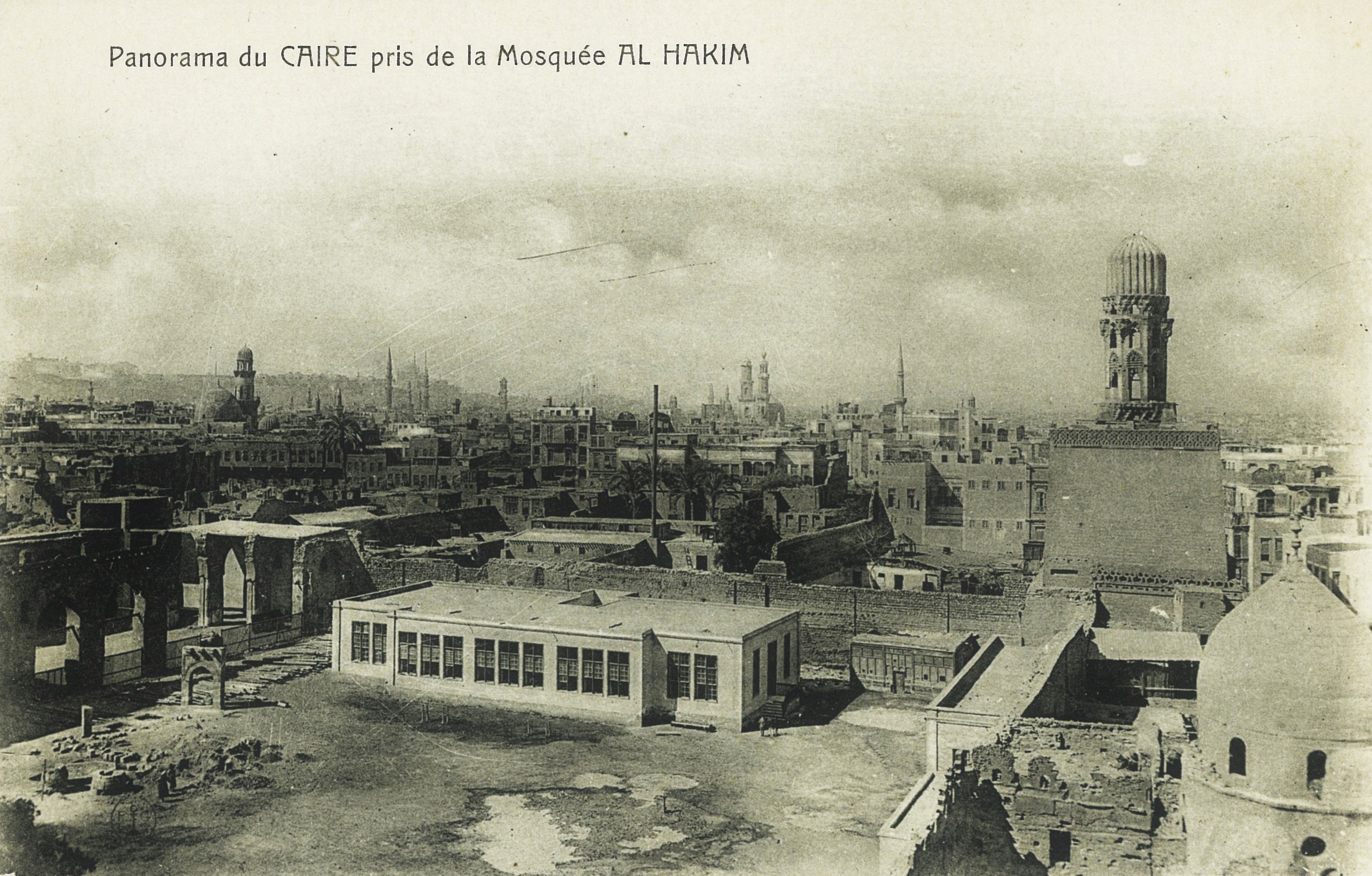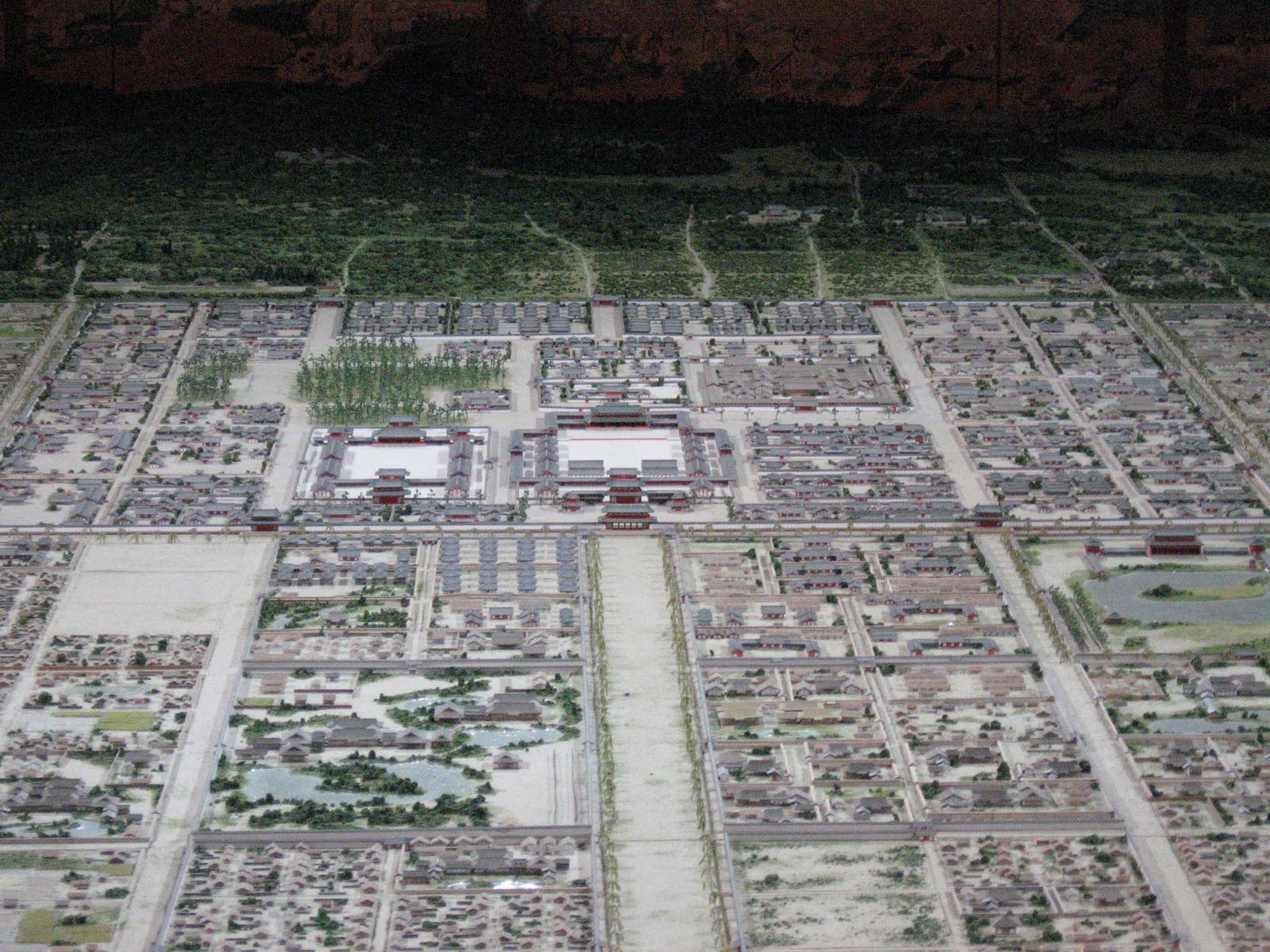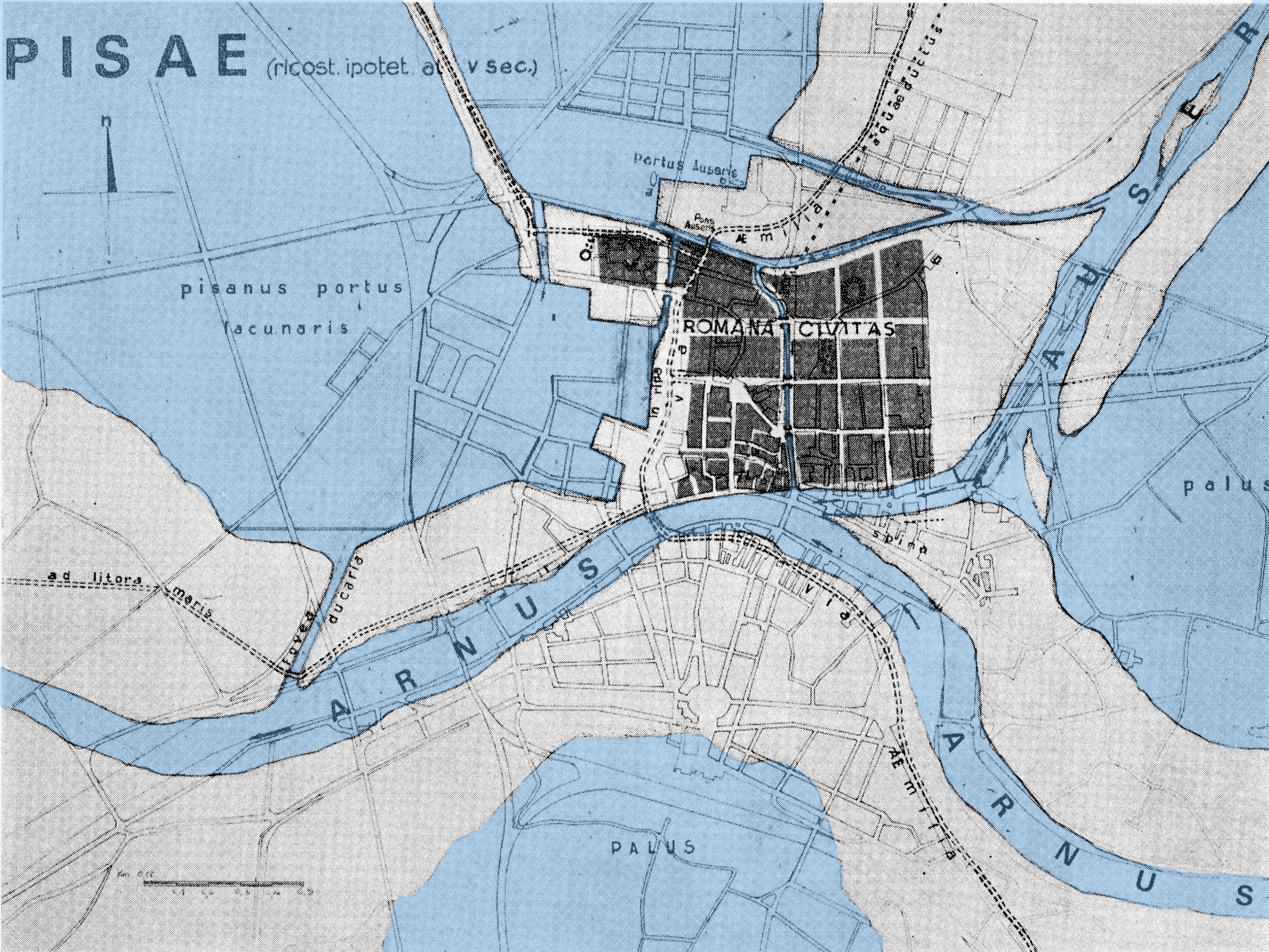|
11th Century In Architecture
__TOC__ Buildings and structures Buildings * 1001 ** The Cathedral of Ani is built in Armenia. ** St. Michael's Church, Hildesheim begun. * 1002 – Brihadishwara Temple of Thanjavur, India (Chola Empire) begun. * 1008 – Rebuilt Torcello Cathedral in the Veneto consecrated. * 1009 – Saint-Martin-du-Canigou in Catalonia consecrated. * By c. 1010 – Church of the Saviour at Berestove built. * 1011 – San Vittore alle Chiuse in Genga, Papal States built. * c. 1012 – Katholikon of Hosios Loukas built in Byzantine Greece. * 1013 ** Al-Hakim Mosque in Cairo, Fatimid Empire built (begun in 990). ** San Miniato al Monte begun in Florence, Italy (work went on until the 13th century). * 1016 – San Michele in Borgo in Pisa, Tuscany built. * c. 1017 – Hōjōji (法成寺) built in Heian-kyō, Japan. * 1021 – Church of the Quedlinburg Abbey, Holy Roman Empire built (begun c. 997). * 1022 – Monastery of Sant Pere de Rodes, Catalonia c ... [...More Info...] [...Related Items...] OR: [Wikipedia] [Google] [Baidu] |
Cathedral Of Ani
The Cathedral of Ani ( hy, Անիի մայր տաճար, ''Anii mayr tačar''; tr, Ani Katedrali) is the largest standing building in Ani, the capital city of medieval Bagratid Armenia, located in present-day eastern Turkey, on the border with modern Armenia. Its construction was completed in the early 11th century by the architect Trdat and it was the seat of the Catholicos, the head of the Armenian Apostolic Church, for nearly half a century. In 1064, following the Seljuk conquest of Ani, the cathedral was converted into a mosque. It later returned to being used as an Armenian church. It eventually suffered damage in a 1319 earthquake when its conical dome collapsed. Subsequently, Ani was gradually abandoned and the church fell into disrepair. The north-western corner of the church was heavily damaged by a 1988 earthquake. The cathedral is considered the largest and most impressive structure in Ani. It is a domed basilica with a rectangular plan, though the dome and most ... [...More Info...] [...Related Items...] OR: [Wikipedia] [Google] [Baidu] |
Al-Hakim Mosque
The Mosque of al-Hakim ( ar, مسجد الحاكم بأمر الله, Masjid al-Ḥākim bi Amr Allāh), nicknamed al-Anwar ( ar, الانور, lit=the Illuminated), is a historic mosque in Cairo, Egypt. It is named after Al-Hakim bi-Amr Allah (985–1021), the sixth Fatimid caliph and 16th Ismaili Imam. Construction of the mosque was originally started by Caliph al-'Aziz, the son of al-Mu'izz and the father of al Hakim, in 990 AD. It was completed in 1013 by al-Hakim, which is why it is named after him. The mosque is located in Islamic Cairo, on the east side of al-Mu'izz Street, just south of Bab al-Futuh (the northern city gate). In the centuries since its construction the mosque was often neglected and re-purposed for other functions, eventually falling into ruin. A major restoration and reconstruction of the mosque by the Dawoodi Bohras was completed in 1980, reopening it for religious use. History Fatimid construction and modifications The mosque's construction ... [...More Info...] [...Related Items...] OR: [Wikipedia] [Google] [Baidu] |
Holy Roman Empire
The Holy Roman Empire was a political entity in Western, Central, and Southern Europe that developed during the Early Middle Ages and continued until its dissolution in 1806 during the Napoleonic Wars. From the accession of Otto I in 962 until the twelfth century, the Empire was the most powerful monarchy in Europe. Andrew Holt characterizes it as "perhaps the most powerful European state of the Middle Ages". The functioning of government depended on the harmonic cooperation (dubbed ''consensual rulership'' by Bernd Schneidmüller) between monarch and vassals but this harmony was disturbed during the Salian period. The empire reached the apex of territorial expansion and power under the House of Hohenstaufen in the mid-thirteenth century, but overextending led to partial collapse. On 25 December 800, Pope Leo III crowned the Frankish king Charlemagne as emperor, reviving the title in Western Europe, more than three centuries after the fall of the earlier ancient West ... [...More Info...] [...Related Items...] OR: [Wikipedia] [Google] [Baidu] |
Quedlinburg Abbey
Quedlinburg Abbey (german: Stift Quedlinburg or ) was a house of secular canonesses ''(Frauenstift)'' in Quedlinburg in what is now Saxony-Anhalt, Germany. It was founded in 936 on the initiative of Saint Mathilda, the widow of the East Frankish King Henry the Fowler, as his memorial.The "Later Life" of Queen MathildPage 99/ref> For many centuries it and its abbesses enjoyed great prestige and influence. Quedlinburg Abbey was an Imperial Estate and one of the approximately forty self-ruling Imperial Abbeys of the Holy Roman Empire. It was disestablished in 1802/3. The church, known as ''Stiftskirche St Servatius'', is now used by the Lutheran Evangelical Church in Germany. The castle, abbey, church, and surrounding buildings are exceptionally well preserved and are masterpieces of Romanesque architecture. As a result, and because of their historical importance, the buildings were inscribed on the UNESCO World Heritage List in 1994. History Quedlinburg Abbey was founded ... [...More Info...] [...Related Items...] OR: [Wikipedia] [Google] [Baidu] |
Heian Period
The is the last division of classical Japanese history, running from 794 to 1185. It followed the Nara period, beginning when the 50th emperor, Emperor Kanmu, moved the capital of Japan to Heian-kyō (modern Kyoto). means "peace" in Japanese. It is a period in Japanese history when the Chinese influences were in decline and the national culture matured. The Heian period is also considered the peak of the Japanese imperial court and noted for its art, especially poetry and literature. Two types of Japanese script emerged, including katakana, a phonetic script which was abbreviated into hiragana, a cursive alphabet with a unique writing method distinctive to Japan. This gave rise to Japan's famous vernacular literature, with many of its texts written by court women who were not as educated in Chinese compared to their male counterparts. Although the Imperial House of Japan had power on the surface, the real power was in the hands of the Fujiwara clan, a powerful aristocr ... [...More Info...] [...Related Items...] OR: [Wikipedia] [Google] [Baidu] |
Heian-kyō
Heian-kyō was one of several former names for the city now known as Kyoto. It was the official capital of Japan for over one thousand years, from 794 to 1868 with an interruption in 1180. Emperor Kanmu established it as the capital in 794, moving the Imperial Court there from nearby Nagaoka-kyō at the recommendation of his advisor Wake no Kiyomaro and marking the beginning of the Heian period of Japanese history. According to modern scholarship, the city is thought to have been modelled after the urban planning for the Tang dynasty Chinese capital of Chang'an (modern-day Xi'an).. It remained the chief political center until 1185, when the samurai Minamoto clan defeated the Taira clan in the Genpei War, moving administration of national affairs to Kamakura and establishing the Kamakura shogunate. Though political power would be wielded by the samurai class over the course of three different shogunates, Heian remained the site of the Imperial Court and seat of Imper ... [...More Info...] [...Related Items...] OR: [Wikipedia] [Google] [Baidu] |
Tuscany
it, Toscano (man) it, Toscana (woman) , population_note = , population_blank1_title = , population_blank1 = , demographics_type1 = Citizenship , demographics1_footnotes = , demographics1_title1 = Italian , demographics1_info1 = 90% , demographics1_title2 = , demographics1_info2 = , demographics1_title3 = , demographics1_info3 = , timezone1 = CET , utc_offset1 = +1 , timezone1_DST = CEST , utc_offset1_DST = +2 , postal_code_type = , postal_code = , area_code_type = ISO 3166 code , area_code = IT-52 , blank_name_sec1 = GDP (nominal) , blank_info_sec1 = €118 billion (2018) , blank1_name_sec1 = GDP per capita , blank1_info_sec1 = €31,500 (2018) , blank2_name_sec1 = HDI (2019) , blank2_info_sec1 = 0.907 • 6th of 21 , blank_name_sec2 = NUTS Region , blank_info_sec2 ... [...More Info...] [...Related Items...] OR: [Wikipedia] [Google] [Baidu] |
Pisa
Pisa ( , or ) is a city and ''comune'' in Tuscany, central Italy, straddling the Arno just before it empties into the Ligurian Sea. It is the capital city of the Province of Pisa. Although Pisa is known worldwide for its leaning tower, the city contains more than twenty other historic churches, several medieval palaces, and bridges across the Arno. Much of the city's architecture was financed from its history as one of the Italian maritime republics. The city is also home to the University of Pisa, which has a history going back to the 12th century, the Scuola Normale Superiore di Pisa, founded by Napoleon in 1810, and its offshoot, the Sant'Anna School of Advanced Studies.Scuola Superiore Sant'Anna di Pisa Information statistics History
|
San Michele In Borgo
San Michele in Borgo is a Roman Catholic church in Pisa, region of Tuscany, Italy. History The church, together with monastery (which first belonged to the Benedictines, and, from the 12th century, the Camaldolese) was built in the late 10th to early 11th century outside the walls of the city, over an ancient temple dedicated to Mars.The name "Borgo" refers in fact to the settlement existing at the time outside the city. Both were restored several times in the following ages. The façade is from the 14th century. The upper part has three order of typically Pisane Gothic loggias. There are three portals, also in Gothic style and withlunettes; the main one is surmounted by a tabernacle with "Madonna and Child" by Lupo di Francesco (the original is in the National Museum of San Matteo in Pisa). The solemn interior, with a nave and two aisles, houses a ''Crucifix'' attributed to Nino Pisano (14th century), paintings by Matteo Rosselli, Baccio Lomi, Aurelio Lomi and Giuseppe Mela ... [...More Info...] [...Related Items...] OR: [Wikipedia] [Google] [Baidu] |
Italy
Italy ( it, Italia ), officially the Italian Republic, ) or the Republic of Italy, is a country in Southern Europe. It is located in the middle of the Mediterranean Sea, and its territory largely coincides with the homonymous geographical region. Italy is also considered part of Western Europe, and shares land borders with France, Switzerland, Austria, Slovenia and the enclaved microstates of Vatican City and San Marino. It has a territorial exclave in Switzerland, Campione. Italy covers an area of , with a population of over 60 million. It is the third-most populous member state of the European Union, the sixth-most populous country in Europe, and the tenth-largest country in the continent by land area. Italy's capital and largest city is Rome. Italy was the native place of many civilizations such as the Italic peoples and the Etruscans, while due to its central geographic location in Southern Europe and the Mediterranean, the country has also historically b ... [...More Info...] [...Related Items...] OR: [Wikipedia] [Google] [Baidu] |
Florence
Florence ( ; it, Firenze ) is a city in Central Italy and the capital city of the Tuscany region. It is the most populated city in Tuscany, with 383,083 inhabitants in 2016, and over 1,520,000 in its metropolitan area.Bilancio demografico anno 2013, datISTAT/ref> Florence was a centre of medieval European trade and finance and one of the wealthiest cities of that era. It is considered by many academics to have been the birthplace of the Renaissance, becoming a major artistic, cultural, commercial, political, economic and financial center. During this time, Florence rose to a position of enormous influence in Italy, Europe, and beyond. Its turbulent political history includes periods of rule by the powerful Medici family and numerous religious and republican revolutions. From 1865 to 1871 the city served as the capital of the Kingdom of Italy (established in 1861). The Florentine dialect forms the base of Standard Italian and it became the language of culture throug ... [...More Info...] [...Related Items...] OR: [Wikipedia] [Google] [Baidu] |






